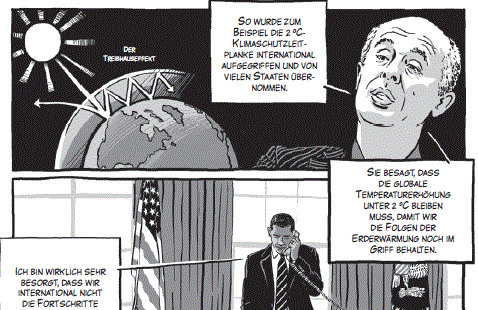Over at The Interpreter, the excellent blog of the Lowy Institute, I have an analysis up which updates my 2011 paper on Australia's climate policies. Here is an excerpt:
The mathematics of Australia’s emissions are not terribly complicated. To achieve a reduction in carbon dioxide emissions of 5% from 2000 levels would require a rate of decarbonisation of the Australian economy (measured as a reduction in the amount of carbon dioxide emissions per A$1000 of GDP) of greater than 5% per year from 2013 to 2020. This is consistent with my earlier analysis which looked at data through 2006. For comparison, Australia averaged a 2.9% annual rate of decarbonisation from 2007 to 2012. (NB: As in my 2011 paper and in The Climate Fix, here I focus on carbon dioxide, while the Australian target refers to greenhouse gases. Data on GHG emissions comes from BP 2013 and GDP figures from the UN and DFAT).Please head over to The Interpreter to read the whole thing, and come back if you have comments or critique.
What does such a rate of decarbonisation imply in terms of carbon-free energy?
In 2012 about 5.4% of total Australian energy consumption came from carbon-free sources (Data: BP 2013), specifically hydropower, wind, solar and biomass burning. The good news is that at 5.4%, the carbon-free portion of consumption is at its highest level since 1976 (see graph), due largely to a 63% increase in hydropower from 2009 to 2012. The bad news is that Australia lags far behind the 2012 overall global proportion of about 13% carbon-free energy, as well as Canada (34.1%), New Zealand (36.4%), China (9.1%), the EU-15 (23.6%) and the US (13.5%).
The even worse news is that to reach its 5% reduction target Australia would need to get more than 17% of its total energy consumption from carbon-free sources by 2020, assuming (a) no change in total energy consumption from 2012 to 2020 and (b) that the new carbon-free energy sources replace an equivalent amount of coal power.
Another way to get a sense of the magnitude of carbon-free energy needed is to look at the equivalent number of nuclear power plants. About 11 such plants would do the job if they replaced an equivalent amount of coal generation (about one-third of the 2012 total coal consumption). The numbers might also be expressed in wind turbine- or solar panel-equivalents for those who don’t like nuclear power stations. Of course, no matter which units are used, the magnitude of the task remains the same.
Appendix
Here is a bit more technical information on the numbers that I present.
A. Here is the data on Australian decarbonization, using assumptions of and from the sources linked in the piece:
| Year | CO2 (mmt) | GDP (2005 A$) |
| 2000 | 345.4 | 838,148,870,377 |
| 2001 | 355.7 | 870,947,434,630 |
| 2002 | 366.9 | 898,393,849,225 |
| 2003 | 362.1 | 935,655,259,090 |
| 2004 | 370.6 | 965,471,432,676 |
| 2005 | 383.9 | 994,803,000,000 |
| 2006 | 402.7 | 1,032,420,131,483 |
| 2007 | 400.7 | 1,071,374,226,342 |
| 2008 | 403.0 | 1,086,011,225,767 |
| 2009 | 400.8 | 1,111,312,140,652 |
| 2010 | 392.9 | 1,132,488,746,922 |
| 2011 | 400.4 | 1,171,318,253,292 |
| 2012 | 392.2 | 1,213,485,710,410 |
| 2013 | 383.6 | 1,249,890,281,723 |
| 2014 | 375.1 | 1,287,386,990,174 |
| 2015 | 366.8 | 1,326,008,599,880 |
| 2016 | 358.7 | 1,365,788,857,876 |
| 2017 | 350.8 | 1,406,762,523,612 |
| 2018 | 343.1 | 1,448,965,399,321 |
| 2019 | 335.5 | 1,492,434,361,300 |
| 2020 | 328.1 | 1,537,207,392,139 |
B. The figure of 17% required carbon-free energy required to hit the 5% emissions reduction target is calculated as follows, based on the BP data linked in the piece:
- 2012 Australia coal consumption = 40% of total (BP 2013)
- Coal generates 94.44 Mt of carbon dioxide per quad (Pielke 2011)
- Australia used 2.3 quads of coal in 2012 (BP 2013, Pielke 2011)
- To meet 5% reduction target implies 30% 2012 coal replaced with carbon-free energy (math)
- A 30% reduction in coal implies a 2020 total of 21.6 mmtoe carbon-free enery (math)
- Assuming demand constant at 2012 levels, 21.6 mmtoe = 17.2% of total energy consumption (BP)
C. Nuclear power plants equivalent are calculated following the methods described in Pielke (2011) and in The Climate Fix.





